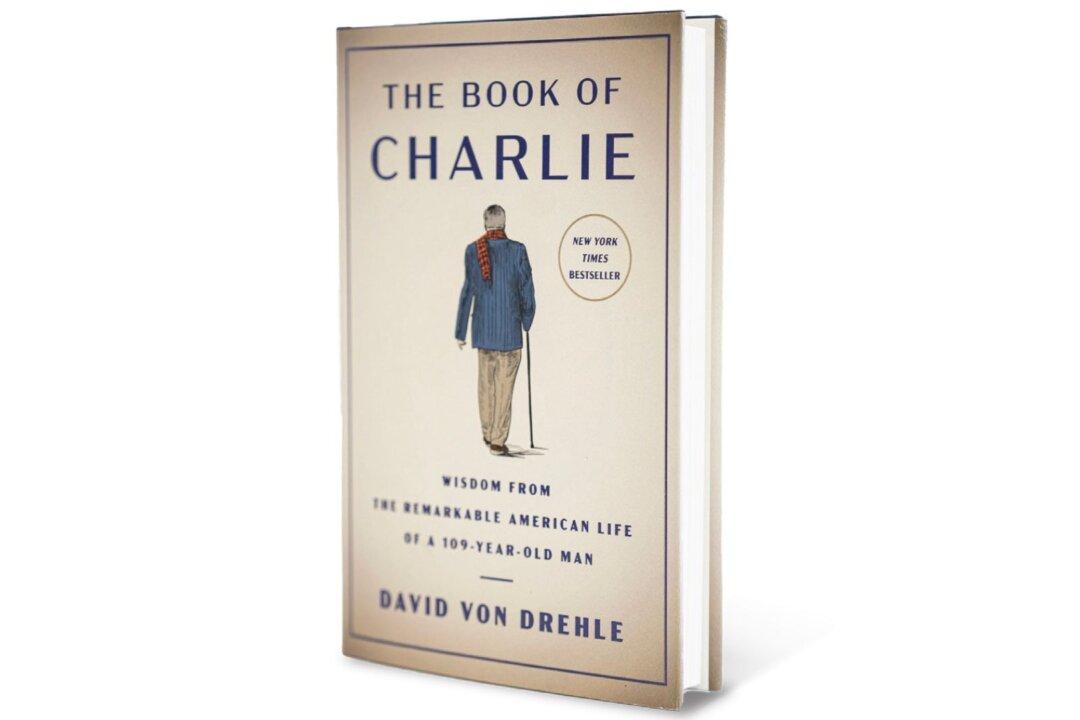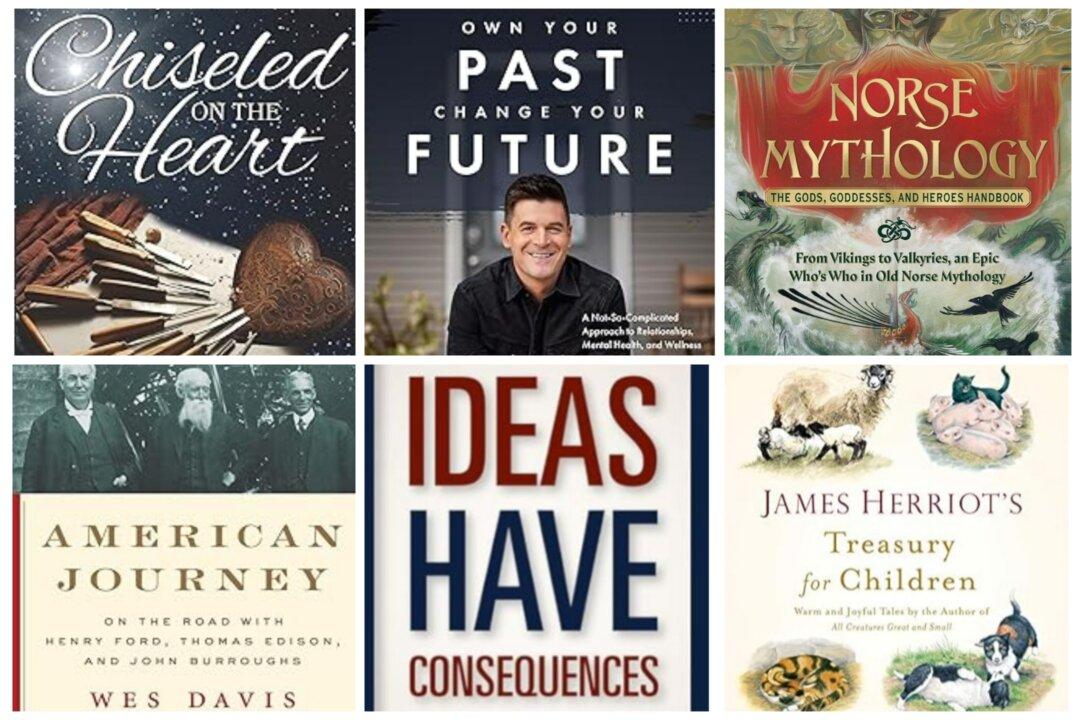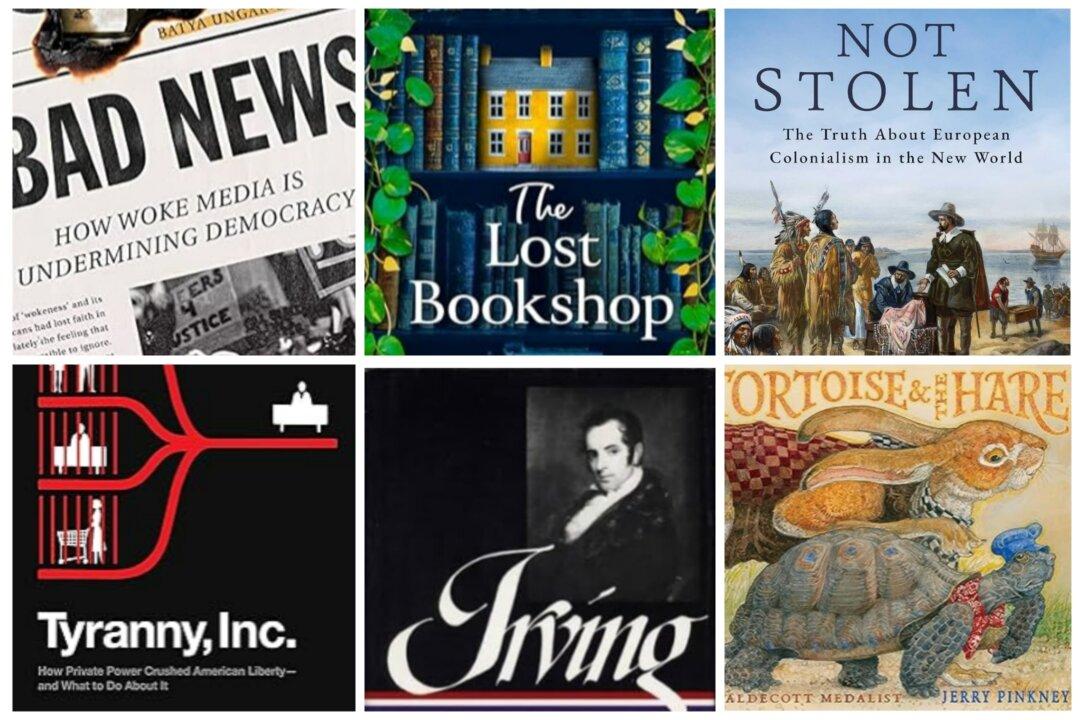One of the treatises written by Frederick II of Hohenstaufen (1194–1250), king of Sicily and Jerusalem and Holy Roman Emperor, was “De Arte Venandi cum Avibus,” or “On the Art of Hunting With Birds.” It’s also known by the title of “The Art of Falconry.” Basking in a court noted for its highly cosmopolitan and intellectual life, his reign could have signaled the beginning of the Italian Renaissance.
His book not only deals with the art of hunting with birds but copious descriptions of their habitats. He was fond of falcons and their powerful and precise method for taking down prey.
Frederick II wasn’t alone in his admiration for exotic wildlife. Possessing these magnificent creatures has a rich tradition that crosses many cultures. Long before him, the Bedouins in the Arabian desert trapped and trained peregrines to hunt.
Hammer notes at the beginning of his book: “During falconry’s boom times in the Middle Ages, relationships between Eastern and Western falconers flourished. In 1228, Frederick II of Hohenstaufen, the Holy Roman Emperor, hunted in the desert with Malik al-Kamil, the fourth Ayyubid sultan of Egypt, for three months during a lull in the Sixth Crusade. Twenty years later, Emperor Frederick relied on the knowledge imparted to him by Syrian falconers whom he had brought back to Europe to write his classic work.”
Fast forward several centuries to May 2010, when South African resident Jeffrey Lendrum is apprehended at Britain’s Birmingham International Airport with 14 peregrine falcon eggs strapped to his stomach. They had been snatched from remote cliffs in Wales.
McWilliam isn’t unfamiliar with crimes related to wildlife but Lendrum’s daredevil approach to rare-egg stealing has him captivated and committed to putting an end to his predatory obsession.
How many of us are familiar with falcon racing and the lengths that wealthy owners will go to acquire the strongest and fastest flyers?
Author Joshua Hammer does a masterful job of storytelling. This is a true-crime narrative, as well as a high adventure story. It takes readers into a world where the players take extraordinary risks for potentially high rewards. Hammer takes us behind the scenes to learn more about the egg thief, his upbringing, the influence of his father, his globe-trotting explorations, entrepreneurial business schemes, and perhaps ironically, his love of nature.
Lendrum lies prodigiously. When he’s caught on several occasions, he seems taken aback and surprised.
As the main protagonists are revealed for their strengths and weaknesses, the world in which they navigate is brought to life, from Zimbabwe’s Matobo National Park to Patagonia to the deserts of Dubai.
The story is a cliffhanger—literally. Readers will see the thrill-seeking Lendrum dangling hundreds of feet down from a hovering helicopter while nimbly snatching multi-colored eggs from nests perched on cliff ledges.
Reading nearly like the flight of a falcon, the story has its dips and dives set against an incredibly mesmerizing natural backdrop. Beyond troubling, the business of bird egg smuggling is fraught with dangerous deceptions, unscrupulous motives, and immense sums of money. Sympathies will no doubt be with the sought-after birds of prey rather than their human predators.
As Hammer writes: “The rare-bird underground was far more extensive than a handful of launderers in England sneaking into aeries in Scotland and Wales. Criminals roamed from Southeast Asia to the former Yugoslavia to the Amazon jungle, plundering birds of prey, flouting export and import regulations, smuggling chicks and mature birds abroad in often horrific conditions, and feeding a voracious market for exotic fauna.”
The allure of the wild is alive and well. Hammer notes that while captive-bred birds are available, it’s the young chick or egg straight from a nest that fetches the higher prices. It’s believed that these birds will be stronger, fiercer, and faster, their wild and soaring souls intact.
For the most part, Lendrum is a sophisticated, one-man operation. As clever as he is, Lendrum is caught—several times in fact. Remorseful and penitent, he always vows that his egg theft days are behind him—until the next time he finds himself free of prison.
McWilliam has an uneasy relationship with Lendrum, as much admiration for his sleuthing skills to abhorrence for the nature of his crimes. The dynamic of the two, the hunter and the hunted, is an engaging and compelling page-turner. It’s also an eye-opener to a world both mystifying and malevolent, where predators and protectors collide.
Hammer, also the author of “Yokohama Burning: The Deadly 1923 Earthquake and Fire That Helped Forge the Path to World War II,” has given readers another gripping tale that informs as well as instructs and inspires.
In an interview with Washington, D.C. journalist Deborah Kalb, Hammer spoke about what he hopes readers will take away from his book: “I’d like readers to come away with an appreciation for the richness and diversity of the natural world, and of birds in particular, a respect for the unsung heroes like McWilliam who are fighting to protect the wild from predators such as Lendrum, and a fascination for the obsession and greed that can drive a person like Lendrum to destroy the very things he purports to love ... I’d like readers to be both entertained by Lendrum’s riotous antics and appalled by his bad behavior.”
You don’t have to be an ornithologist or bird fancier to enjoy this suspenseful read and Hammer’s elegant writing style.
If you’re fortunate enough to see a falcon fly, you’ll have a greater appreciation of what it is, what its world is about, and the lengths that man will go to possess it.







